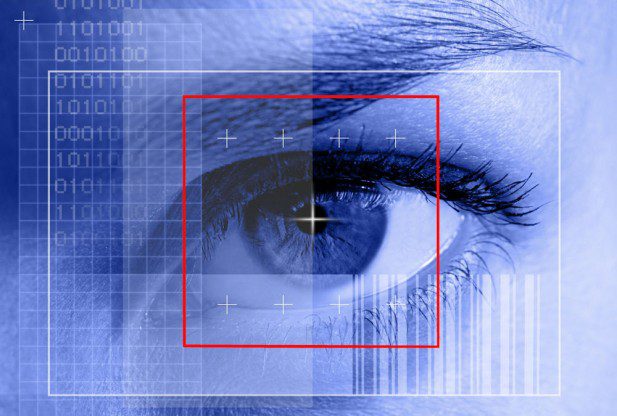
Lee Rannals for redOrbit.com – Your Universe Online
Stanford University School of Medicine researchers have developed two inexpensive adapters that enable a smartphone to capture high-resolution images from the front and back of the eye.
The new technology will make it easy for patients to take a picture of the eye and share it securely with other health practitioners or store it in the patient’s electronic record.
Robert Chang, MD, one of the developers and assistant professor of ophthalmology, said the technology is like Instagram for the eye.
Publishing a paper in the Journal of Mobile Technology in Medicine, the team wrote that the technology is an opportunity to increase eye-care services as well as improve the ability to advise patients on their own care remotely.
Standard photography equipment used to exam the eye can be very costly and require extensive training to use properly. Primary care physicians and emergency department staff also sometimes lack this equipment.
“Adapting smartphones for the eye has the potential to revolutionize the delivery of eye care — in particular, to provide it in places where it’s less accessible,” David Myung, MD, PhD, lead author of two upcoming papers describing the development and clinical experience with the devices, said in a statement. “Whether it’s in the emergency department, where patients often have to wait a long time for a specialist, or during a primary-care physician visit, this new workflow will improve the quality of care for our patients, especially in the developing world where ophthalmologists are few and far between.”
For example, imagine a car accident victim arriving in the emergency department with an eye injury resulting in blood inside the front of their eye, said Myung.
“Normally the physician would have to describe this finding in her electronic record with words alone. Smartphones today not only have the camera resolution to supplement those words with a high-resolution photo, but also the data-transfer capability to upload that photo securely to the medical record in a matter of seconds,” Myung said in a statement.
Chang, senior author of the paper, said that ophthalmology is a highly image-oriented field. He said that with smartphone technology, inexpensive attachments help health-care staff take a picture needed for an eye consultation.
“I started entertaining the idea of a pocket-sized adapter that makes the phone do most of the heavy lifting,” said Myung. “It took some time to figure out how to mount the lens and lighting elements to the phone in an efficient yet effective way.”
After taking an image of the front of the eye, he focused on visualizing the inside lining of the back of the eye, or the retina.
“Taking a photo of the retina is harder because you need to focus light through the pupil to reach inside the eye,” said Myung.
The researchers then used optics theory to determine the perfect working distance and lighting conditions for a simple adapter that connects a conventional examination lens to a phone. They shot hundreds of photos with various iterations until they were able to finally get it all right.
The team said the initial adapters will be available for purchase for research purposes only while the team seeks guidance from the Food and Drug Administration.
“We have gotten the production cost of each type of adapter to under $90 but the goal is to make it even lower in the future,” Chang said in a statement.
